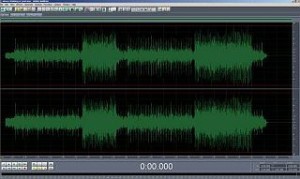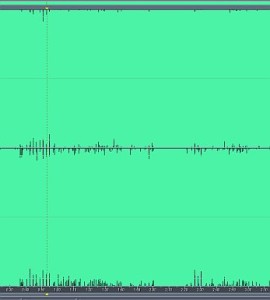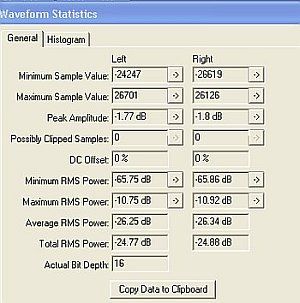You love the loudness and quality in mastering. After all it sounds good anywhere. But if you have participated in the loudness wars, that destroys the dynamics, ambiance and clarity of recordings. Before, albums are pleasing and exciting to listen; they have that “quality” loudness. Today, you will only find it tiring to listen because of tracks is loud and all sections of the song are loud. This post will highlight a probable approach that could end the loudness wars.
Measure loudness quality not in terms of RMS average
Mastering engineers often measure the loudness of each track in mastering in terms of RMS average. They do this because average RMS measurement is closely correlated to actual loudness perception of the human ear. This is measured in dB for example see the screenshot below taken from Adobe Audition waveform statistics:

For example in the above screenshot, the track has an average loudness of -26.25dB (left channel) and -26.34dB (right channel). There are two channels since all tracks for mastering are in stereo. This is how the waveform would look like:

As you can see there is still a lot of headroom in the waveform because this is not yet mastered and the dynamics are well preserved. With proper mastering techniques, the sound could further be improved and make it sound as big as possible without losing the original dynamics.
After mastering; it averages above -12dB for all tracks in the album. This is very common for modern album releases particularly alternative rock, hip hop and pop music. Above -12dB is considered to be very loud subjectively and almost all dynamics in the recordings are gone. For example the song “Broken, Beat & Scarred” by Metallica in their album “Death Magnetic” averages around -7.01dB (left channel) and -8.2dB (right channel) and this is how the waveform looks like:

As you have observed, there is almost no headroom left and if you listen to this repetitively; your ears will get tired very easily. This is because the dynamics of the recordings are lost and all that is left are loudness.
Sadly a lot depends on brick wall limiter to increase the loudness (average RMS) of the track to as high as possible; compromising the dynamics and quality of the mix down. Therefore it is not reliable to depend only on the average RMS to assess the loudness quality of your mastering results. A better measurement for mastering quality is important.









No responses yet